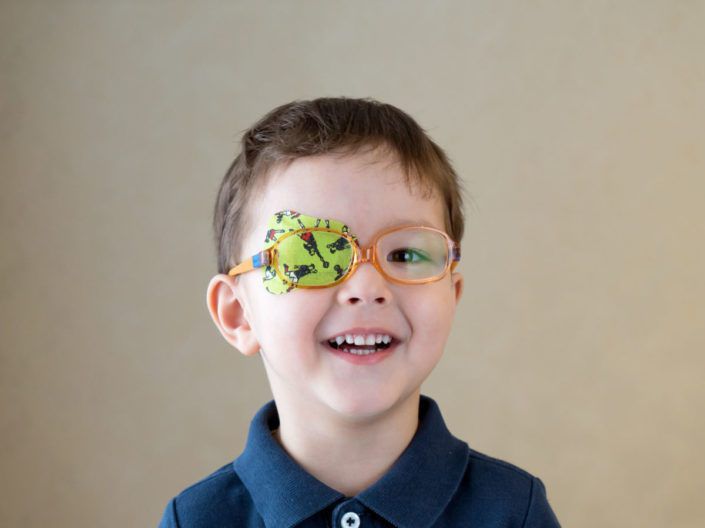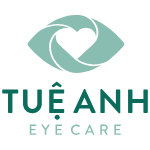AMBLYOPIA - A HIDDEN DANGER
Amblyopia, also called lazy eye, is a disorder of sight in which the brain fails to process inputs from one eye and over time favors the other eye. It results in decreased vision in an eye that otherwise typically appears normal. Amblyopia often affects infants and toddlers, but some adults might still have it

Causes
Amblyopia might be genetic, or it can stem from vision and eye problems. Here are some of the most common causes of amblyopia:
- Squint
Squint happens when eyes point in different directions. There can be an eye that still looks forward, while the other one is moving in a different position. To avoid double vision, the child’s brain will ignore images coming from the moving eye. This can cause their eyes to develop improperly, causing amblyopia.
- Refractive errors
When a child has refractive errors (myopia, hyperopia, astigmatism), the severity might be different among their two eyes. The brain will only try to process images from the better eye and ignore the weaker one. In some serious cases, the retinal won’t receive clear images, therefore affecting the child’s vision with amblyopia.
- Cataracts
Some children are born with cataracts, which are opacifications of the lens of the eye that cause a decrease in vision. Their vision won’t develop properly if they have cataracts.
Diagnosis
Finding out if a child has amblyopia is quite difficult. If a child is squinting, or if the anomalies of their eyes are noticeable, parents should get them an eye exam. An eyesight check by an ophthalmologist will confirm whether there is and how severe the condition is.
The ophthalmologist will check each eye thoroughly with some methods:
- Optometry
- Refractometer test
- Pupil function
- Ocular motility
Children should be checked regularly to detect and treat amblyopia since it is otherwise hardly noticeable for parents and children themselves.
Treatments
Detecting amblyopia early helps the treatment to be more effective.
Exercise-based treatment: The basis of curing amblyopia is to stimulate the child’s brain into using the weaker eye. This could be done by using a patch to cover the stronger eye and only allowing the brain to process images coming from the weaker eye. The optic nerves conduction in the weaker eye will be stimulated to become stronger.
Cause-based treatment: After the cause for amblyopia (squint, refractive errors, cataracts) has been identified, a treatment regimen is built. The ophthalmologist and parents should work together for the best result for the child.
Children should be checked regularly to detect and treat amblyopia since it is otherwise hardly noticeable for parents and children themselves.

